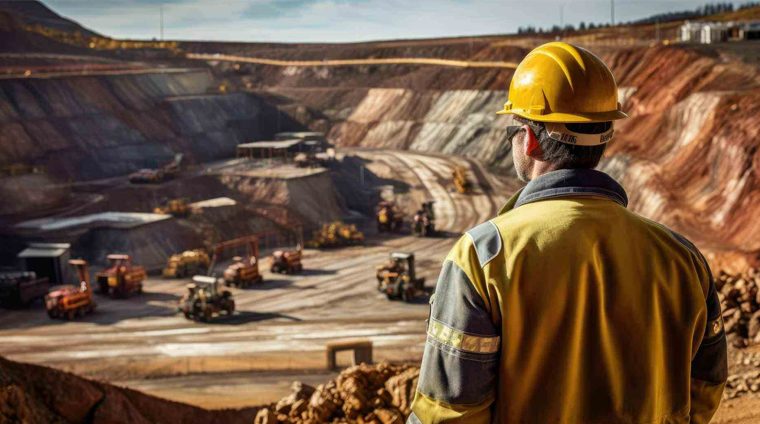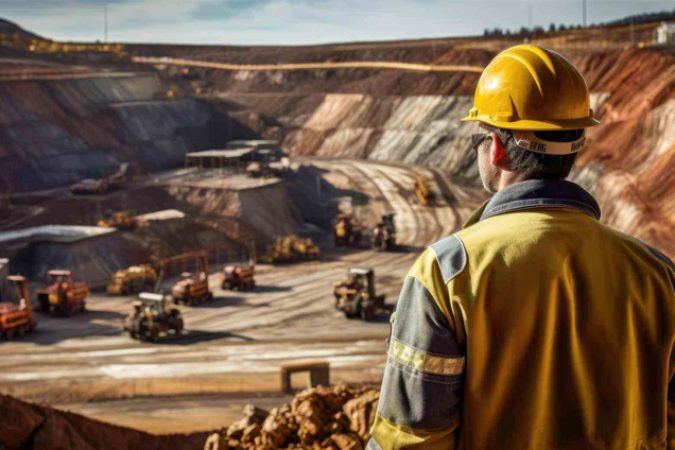Introduction
This advanced-level course is designed for senior geophysicists, exploration managers, and mining professionals who require a deep understanding of advanced geophysical exploration techniques, data processing, and 3D ore body modeling. The training covers geophysical methods for phosphate, gold, and bauxite exploration, emphasizing the interpretation of multi-method datasets, geostatistics, and quantitative resource assessment.
Date
Day | Time | Price | Country |
|---|---|---|---|
Mon – Wed | 8:00 – 10:00 | $5/hrs | Turkey |
Tue – Thu | 18:00 – 19:00 | $5/hrs | Turkey |
Wed – Fri | 20:00 – 21:00 | $5/hrs | Turkey |
Sat – Sun | 18:00 – 19:00 20:00 – 21:00 | $8/hrs | Turkey |
This Training Course Will Highlight
- Advanced geophysical survey design – selecting optimal methods based on geological settings.
- High-resolution geophysical data processing and noise reduction techniques.
- Integration of seismic, electromagnetic, and gravimetric data for deep mineral targeting.
- 3D inversion modeling for ore body delineation and resource estimation.
- Exploration risk assessment and decision-making based on geophysical datasets.
Objectives
- Apply advanced data acquisition, filtering, and processing techniques for high-resolution geophysical surveys.
- Integrate multiple geophysical datasets with geological and geochemical information to refine exploration targets.
- Utilize 3D geophysical inversion modeling to visualize subsurface ore bodies.
- Conduct quantitative geophysical interpretation for mineral resource estimation.
- Assess exploration risks and economic feasibility based on geophysical data.
Training Methodology
- Hands-on training in geophysical data processing and interpretation.
- Real-world case studies on large-scale geophysical exploration projects.
- 3D modeling exercises using industry-standard geophysical software.
- Group discussions on exploration challenges and best practices.
- Live demonstrations of geophysical survey planning.
- Case Study: Multi-method geophysical interpretation for a gold-rich greenstone belt.
Organizational Impact
- Enhances exploration efficiency by improving target generation accuracy.
- Reduces exploration costs by eliminating unnecessary drilling.
- Strengthens the company’s technical capabilities in geophysical exploration.
- Improves integration of geophysical and geological exploration teams.
- Supports investment decision-making through quantitative geophysical analysis.
Personal Impact
- Develops expertise in geophysical data acquisition, processing, and interpretation.
- Enhances ability to integrate multiple datasets for exploration target generation.
- Strengthens knowledge of advanced seismic, gravity, and EM techniques.
- Expands career opportunities in mineral exploration geophysics.
- Builds skills in quantitative geophysical risk assessment.
Who Should Attend?
- Senior geophysicists and mineral exploration professionals.
- Exploration geologists and geophysicists in mining companies.
- Project managers overseeing geophysical exploration campaigns.
- Geostatisticians and data scientists working in mineral exploration.
- Government regulators monitoring exploration programs.
- Academic researchers in applied geophysics and mineral resource exploration.
Course Outline
Day 1
Advanced Data Processing and Signal Enhancement Techniques- Noise reduction and data filtering methods in geophysics.
- High-resolution geophysical data processing workflows.
- Processing and inversion of airborne geophysical datasets.
- Advanced interpretation of magnetic, gravity, and EM anomalies.
- Real-time geophysical data acquisition and field calibration.
- Processing and interpreting high-resolution airborne geophysical surveys.
Day 2
Seismic Methods and Applications in Deep Mineral Exploration- Advanced seismic reflection and refraction techniques for mineral deposits.
- Seismic wave propagation and rock property analysis.
- High-resolution passive seismic tomography for deep mineral targeting.
- 3D seismic imaging of mineralized structures.
- Combining seismic data with geophysical and geochemical exploration models.
- Seismic targeting of structurally controlled gold deposits.
Day 3
3D Geophysical Modeling and Inversion Techniques- 3D inversion of gravity, magnetic, and EM data for ore body delineation.
- Geophysical anomaly ranking and prioritization for drilling.
- Geostatistical methods for integrating geophysical and geological datasets.
- Building geological models using 3D geophysical inversion techniques.
- Mapping alteration zones and structural controls on mineralization.
- 3D inversion modeling for bauxite and phosphate deposits.
Day 4
Exploration Risk Assessment and Decision-Making- Risk assessment in geophysical exploration and resource evaluation.
- Economic viability analysis of geophysical exploration programs.
- Optimizing drilling campaigns using geophysical targeting methods.
- Combining geophysical, geochemical, and geological exploration data.
- Predicting ore deposit size and grade using geophysical techniques.
- Risk reduction through integrated geophysical exploration in a phosphate province.
Day 5
Advanced Applications and Future Trends in Geophysics- Future advancements in airborne and satellite-based geophysical surveys.
- Machine-assisted interpretation of geophysical anomalies.
- Role of geophysical techniques in sustainable mineral exploration.
- Environmental and regulatory considerations in geophysical surveys.
- New developments in mineral exploration geophysics.
Cancellation policy
no refund is accepted
Certificate


Step Into a World of Knowledge and Growth
Courses you might be interested in
-
0 Lessons
-
0 Lessons

